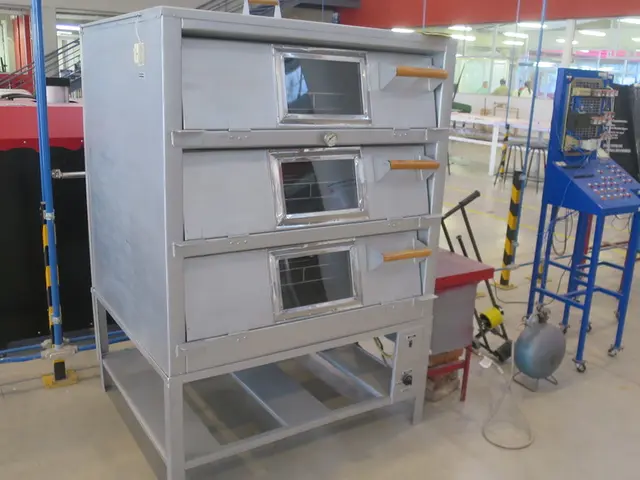Chemical Equilibrium Constants: Comparison between Kc and Kp
In the realm of chemistry, understanding chemical equilibrium is essential for predicting and controlling chemical reactions in various fields, including industrial chemistry, environmental science, and medicine. This article aims to elucidate the factors that influence the equilibrium position in a chemical reaction and how to predict the direction of the shift due to changes in concentration, pressure, or temperature.
First, let's define some key terms. The ideal gas law is a fundamental principle that governs the behavior of gases, with the equation PV = nRT. Kc and Kp are equilibrium constants that represent the ratio of the products to the reactants at equilibrium. Kc is the equilibrium constant for a reaction written in terms of molar concentrations, while Kp is the equilibrium constant for a reaction written in terms of partial pressures.
If the equilibrium constant (Kc or Kp) is known, it can help predict the direction of the shift in equilibrium due to changes in concentration, pressure, or temperature. However, if the equilibrium constant is not known, Le Chatelier's principle can be employed as a helpful guide. According to this principle, the equilibrium will shift to counteract a change in the partial pressure of a gas, concentration, or temperature.
Partial pressure, the force each gas exerts on its own in a mixture, plays a crucial role in this principle. If the partial pressure of the gases is increased, the equilibrium position will shift to produce fewer gas molecules. Conversely, if the partial pressure is decreased, the equilibrium position will shift to produce more gas molecules.
The relationship between concentration and equilibrium is about give and take, as the system rearranges itself to keep the balance. Concentration measures the amount of substance present in a specific volume, often expressed in molarity. If the concentration of the reactants is increased, the equilibrium position will shift to produce more products, and vice versa.
Temperature also significantly affects the equilibrium position. If ΔH is negative (an exothermic reaction), increasing temperature will shift the equilibrium to the side that releases heat. On the other hand, if ΔH is positive (an endothermic reaction), increasing temperature will shift the equilibrium to the side that absorbs heat.
Understanding the factors that influence equilibrium is crucial for predicting and controlling chemical reactions in real-world applications. For example, if we want to shift the equilibrium towards a specific side, we can manipulate the concentration, pressure, or temperature accordingly.
It's important to note that for a reaction with no change in the number of moles of gas, Kc and Kp are equal. However, for a reaction with a change in the number of moles of gas, Kc and Kp are not equal. There is more information about the conversion between Kc and Kp for reactions involving a change in the number of gas molecules in chemical equilibrium and thermodynamics textbooks.
In conclusion, mastering the principles of chemical equilibrium and the factors that influence it will empower you to predict the direction of chemical reactions and control them to achieve desired outcomes. By understanding these concepts, you'll be well-equipped to tackle challenges in various fields and contribute to innovative solutions in the future.
Read also:
- Alcohol and Hormones - A Delicate Equilibrium Prone to Disruption
- Latest Principal Information Bureau Announcements on 12-09-2025
- Guidelines for resuming operations: Strategies for hotels to utilize their resources beneficially during the ongoing lockdown period
- Struggling Japanese women try to find a footing in the male-dominated realm of Japanese sumo wrestling








